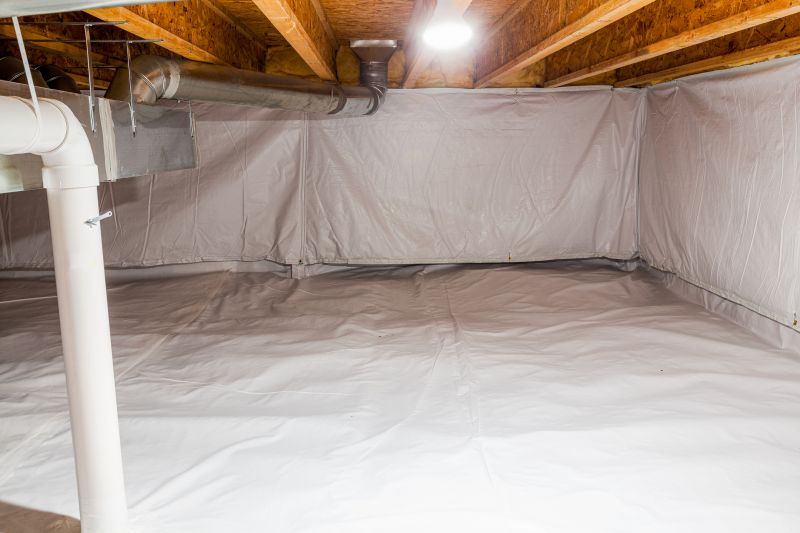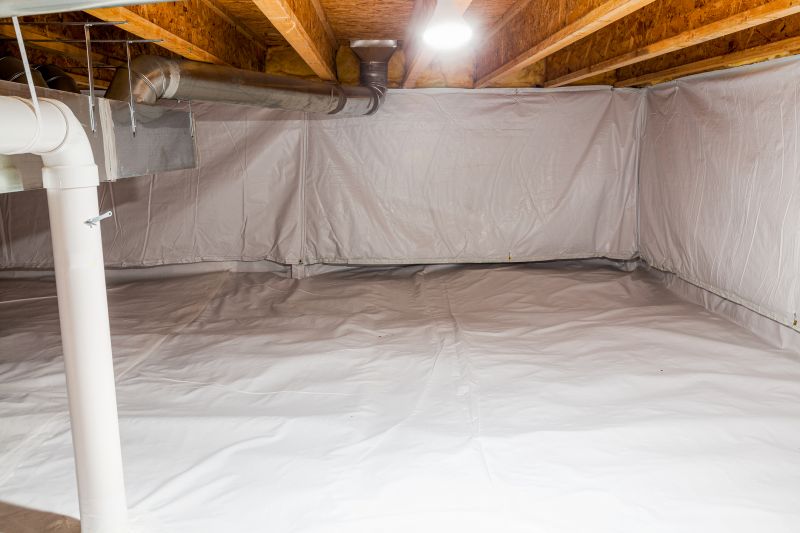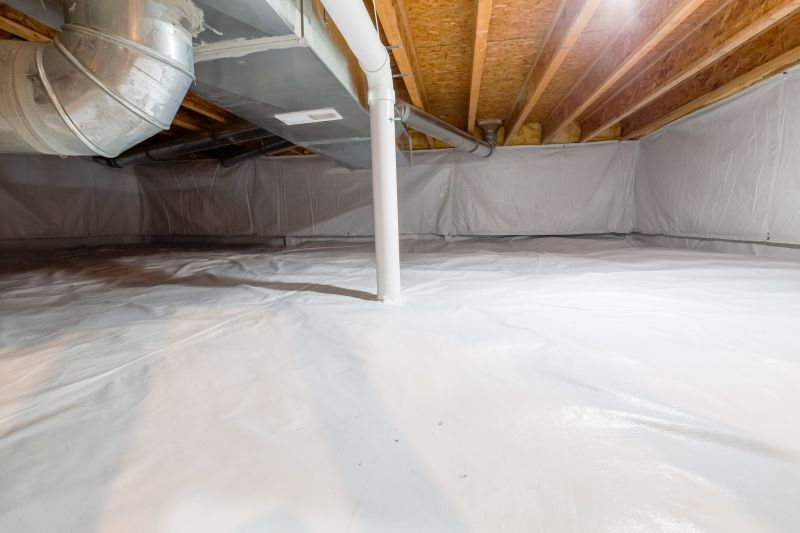Expert Crawlspace Insulation and Encapsulation
Crawlspace encapsulation is a comprehensive solution designed to protect and improve the condition of residential crawlspaces. This process involves sealing vents, insulating, and installing vapor barriers to prevent moisture intrusion and improve indoor air quality. Proper encapsulation can significantly enhance home comfort, energy efficiency, and structural integrity.
Encapsulation reduces excess moisture that can lead to mold growth, wood rot, and pest infestations. Studies show that properly sealed crawlspaces can decrease indoor humidity levels by up to 50%, creating a healthier living environment.
Sealing the crawlspace minimizes air leaks and heat loss, which can lower heating and cooling costs by as much as 15%. This results in a more comfortable home and reduced energy bills.
Eliminating moisture and mold sources from the crawlspace prevents airborne contaminants from entering the living space, promoting better respiratory health and reducing allergy symptoms.
Encapsulation prevents wood rot and pest damage, extending the lifespan of the home's foundation and reducing costly repairs over time.

A fully sealed and insulated crawlspace with vapor barriers installed, showcasing a clean and protected foundation area.

Close-up of vapor barrier installation, demonstrating effective moisture prevention measures.

Insulation and sealing completed, ensuring energy efficiency and moisture control.

Secured and sealed crawlspace area preventing pest entry and damage.
Neglecting crawlspace encapsulation can lead to serious issues such as mold growth, structural damage, increased energy costs, and poor indoor air quality. Moisture infiltration promotes mold and mildew, which can compromise the foundation and promote pest infestations. Without proper sealing, homeowners may experience higher utility bills and health problems related to airborne mold spores and allergens.
| Dangers of Not Encapsulating | Potential Consequences |
|---|---|
| Moisture Intrusion | Mold growth, wood rot, and structural damage |
| Pest Infestations | Rodents and insects damaging the foundation and insulation |
| Higher Energy Costs | Increased heating and cooling expenses due to air leaks |
| Indoor Air Quality Issues | Allergies, respiratory problems, and mold-related health concerns |
| Foundation Damage | Cracks, settling, and costly repairs |
| Reduced Home Value | Decreased marketability and potential appraisal issues |

